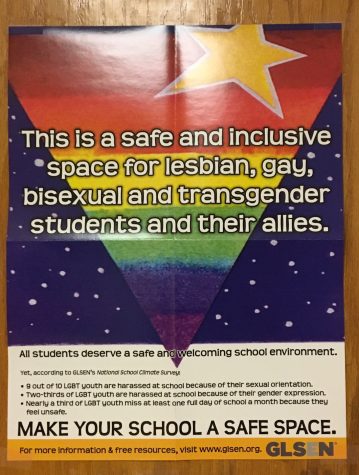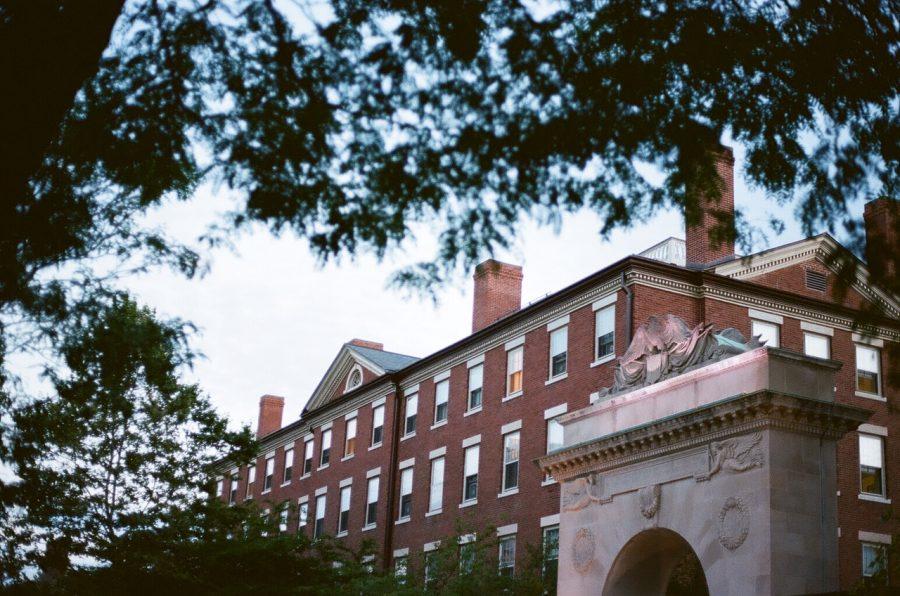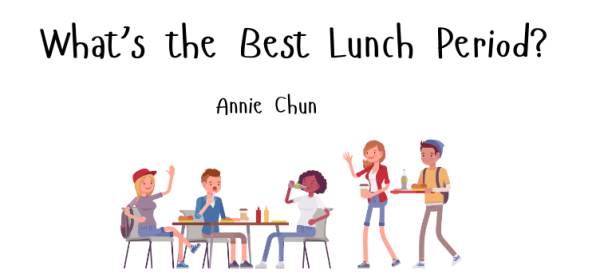Compassion, Not Coddling
A case for safe spaces and trigger warnings within academic institutions
The University of Chicago recently announced to their incoming class of 2020 that the institution will not “support so-called trigger warnings” or “condone the creation of intellectual ‘safe spaces’” as a part of their “commitment to academic freedom.” This proclamation is founded on the idea that safe spaces and trigger warnings restrict freedom of speech because they are supposedly conducive to environments in which students can shield themselves from uncomfortable thoughts that do not match their own. In effect, trigger warnings and safe spaces would then allow students to restrict themselves and leave them ill-prepared for the “real world.” Although UChicago’s desire to enhance their students’ educational experience through intellectual diversity is legitimate, their lack of understanding of safe spaces and trigger warnings is potentially harmful to students.

Trigger warnings are merely an alert to students for material that may be sensitive for specific individuals. For example, if a student was a victim of sexual violence and reading material for a class included a depiction of sexual assault, the professor could note that on the syllabus. Although professors and teachers can utilize trigger or content warnings where they deem fit for the class, they largely exist to protect students with mental illness, deep-seated emotional struggles, or any other experience that would elicit a harmful response.
The argument against these trigger warning rests on the notion that avoidance leads to a lack of preparedness for the student’s future because they will not be able to avoid triggering encounters. However, it must be noted that students who would need a trigger warning are most likely fully aware that the world does not accommodate to them, as the “real world” is their everyday experience. Having a simple warning can help them avoid what they have to constantly face, while those who do not need the warning can read on with the material.
The actual definition of a safe space is debatable. Essentially, they act as a place where individuals, especially of oppressed groups, can speak about their experiences without fear of judgment from others. This can range from a gay bar for gay men to a women’s group on a college campus. They additionally serve a purpose of allowing members of a group to interact with others that may have similar struggles and can thus lead to conversations about empowerment. The characterization of these spaces as a shield to opposing ideas, as stated earlier, ignores the fact that people in marginalized groups are almost hyper-aware of the fact that different ideas exist. If anything, these spaces can be therapeutic and most certainly beneficial to students.
In the context of colleges and universities, institutions, such as Brown University, disagree with UChicago’s sentiment. While the usage of trigger warnings is ultimately left to the discretion of the professors, they at least have the freedom and encouragement from the institution to do so. Safe spaces exist in different forms at Brown, ranging from student organizations to actual rooms in which students can feel comfortable, such as one organized for victims of sexual assault when an invited presenter spoke about the topic. Brown president Christina Paxson disagrees that the two entities equate to “coddling” their students. “We are teaching them, encouraging them and giving them the space to have the discussions that will make them better scholars and prepare them to best serve society,”stated Paxson.

At Oakton, the counseling center has a sign stating that is it a “safe and inclusive space” for LGBT students. According to counselor Mrs. Elizabeth Chase-Kang, this sign means that on a larger scale that “each counselor’s office is a safe place for students to come to and a non-judgmental, non-biased environment…Students I see needing a safe space are students that are discriminated against or who need someone to talk to that isn’t going to judge them.” She additionally urges any students who may need guidance to seek help from their counselor. Mrs. Chase-Kang said, “sometimes students aren’t ready to learn if they’re dealing with other issues.” Lastly, she agrees that the existence of a safe space within the counseling center can be very beneficial to students.
The overwhelming attention towards trigger warnings and safe spaces in the media is slightly peculiar—the notion of the two seem to be significantly more polarizing than their actual existence in practice. The relation to these and freedom of speech also is slightly offhand: trigger warnings forewarn rather than restrict students, and safe spaces provide a platform for increased freedom of speech for specific groups. Whether it may be rooted in a lack of understanding or in condescension, those in disagreement with trigger warnings and safe spaces forget something important: compassion and empathy are indispensable character traits in achieving societal progress.





